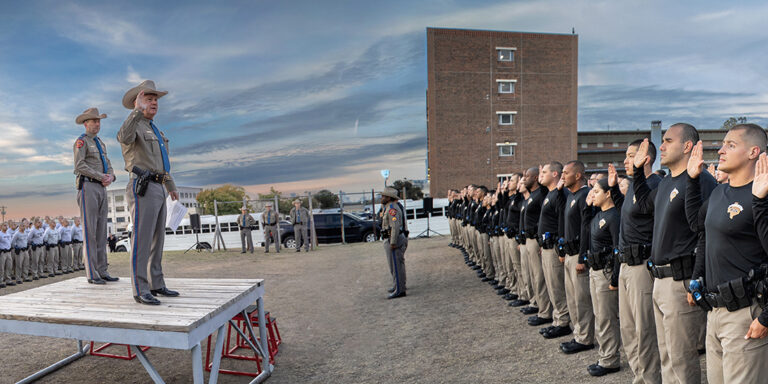
Archives

Decades of work have improved public safety’s ability to share information. However, the journey toward better interoperable communication requires uncovering additional hidden barriers.

A Data-Driven Approach to Police Recruitment and Retention
December 26, 2024
From the rise of advanced criminal networks and borderless crimes to the persistent hurdles of limited resources, inadequate training, and outdated tools, law enforcement departments navigate an increasingly demanding landscape. Big data and artificial intelligence can help build and maintain this critical public safety workforce.

AI and 911 Call Systems: A New Ally or a Hidden Risk?
September 11, 2024
From natural disasters to sophisticated cyberthreats, the risks to public safety are evolving fast. As unexpected events can strike at any moment, the systems designed to protect people – 911 call centers – face unprecedented challenges. Artificial intelligence (AI) is changing the landscape by increasing efficiencies and risks. Learn about

Security in and Around D.C.: Following the Informational Dots
September 11, 2024
Preparing for any special event includes many unknowns. When an event involves national security, the stakes are even higher. Public safety agencies have been sharing their lessons learned and providing recommendations to prepare the nation for the upcoming election events. Read some of the takeaways they shared at the D.C.

From Shadows to Light: Addressing the Aftermath of Human Trafficking
June 19, 2024
The deadly opioid epidemic in the United States does not stop at overdoses. It also poses life-threatening exposure to first responders who arrive on scene. Learn about the new ways scientists at Pacific Northwest National Laboratory are expanding detection strategies and technologies to keep these responders safe.

Training for Hazardous Tasks in Virtual Environments
August 16, 2023
Being able to recreate complex hazardous materials incidents in a classroom setting teaches life-saving lessons in a safe environment. Advances in virtual and augmented reality training systems provide instructors with new tools to train the next generation of first responders.





